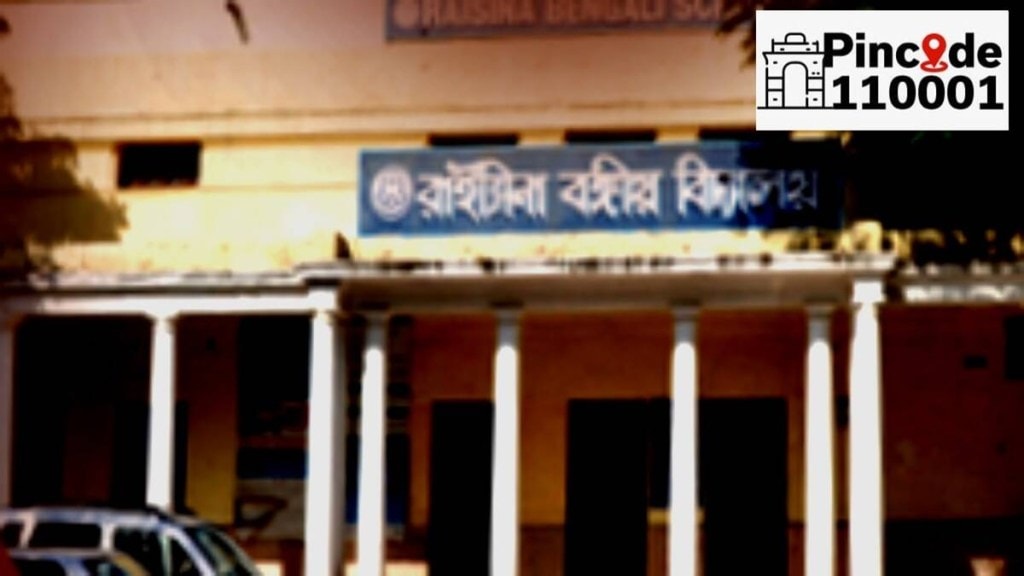Established in the year 1925, the Raisina Bengali School has stood the test of time. The School was built after the Imperial Capital of the country Calcutta changed to Delhi. This led to a migration of a new population in Delhi consisting of government servants from Bengal.
The Indian Express spoke to the former librarian of the school, Samar Chakravarty, who gave an insight into its initial location and operations. He said that the School was actually set up in Doctor’s Lane in Gole Market but later operated from the Wellington Hospital premises. It switched to nearby locations later but finally found its spot in Mandir Marg, where it continues to stand tall even today.
The IE report cited that in 1931, the School’s secretary and manager BN Das wrote a letter to the Chief Commissioner in which he requested an arrangement for the accommodation of the teachers. At that time, the school had only 12 teachers who taught not only the students who migrated from Calcutta but also kids of the Bengali section of the non-migratory staff of the Indian government. This, he described as a legitimate reason for the government to provide for the basic amenities for the teachers.
Not many know this but the School started off as an all-boys School with just a handful of students, 57 to be precise, and a solitary teacher. It later transformed into a co-educational school and also, one of the most known and premier schools of Delhi. Chakravarty told IE that when Rabindranath Tagore visited Delhi, he also visited this school. He informed that even during the Emergency period, President Fakhruddin Ali Ahmed also visited the School for its Golden Jubilee.
Chandrima Basak, the School’s current principal, tells IE that for a student to get admission here, at least one parent should be a Bengali. In fact, it is compulsory for students to study Bengali as a third language till Class 8th, and post that, they can continue to study it as a subject. However, Basak says that even though the rules and regulations of the School are intact, the character over the years has definitely seen a transformation.
She said that till 15 years ago, almost all the staff at the School was Bengali, but now, just about one-fourth of the staff is Bengali. Even the students these days are mostly first-generation learners and because it’s a government-aided school, the fee is nominal. Most of the kids who study here are of Bengali craftsmen and of Karol Bagh goldsmiths. The shift is because parents from more well-to-do families now prefer private schools for their children.


